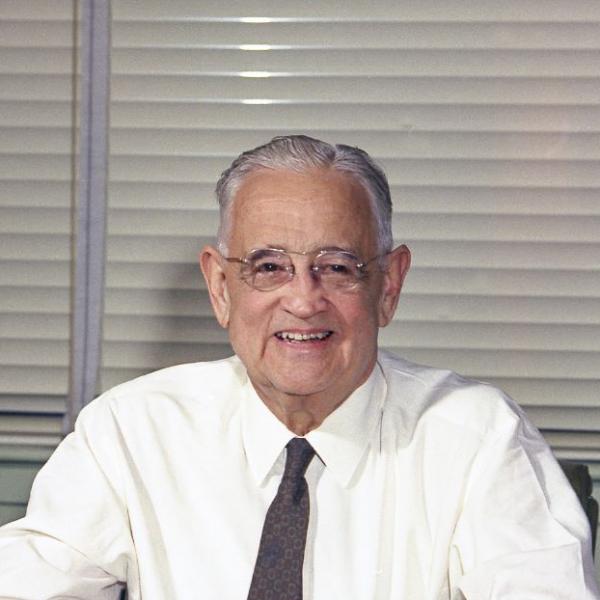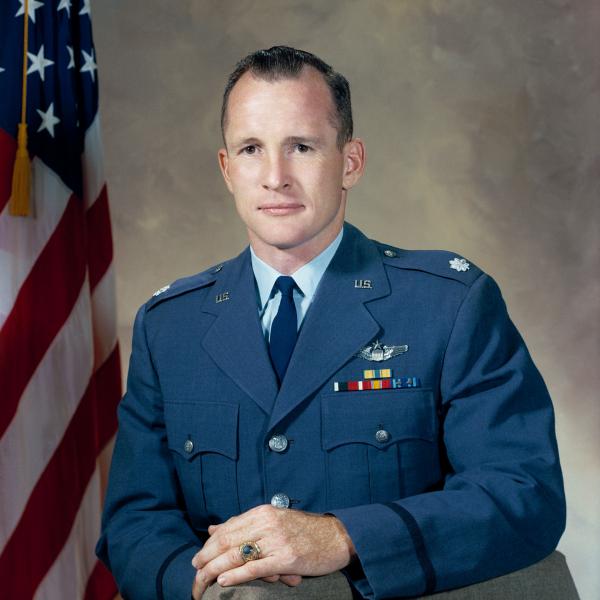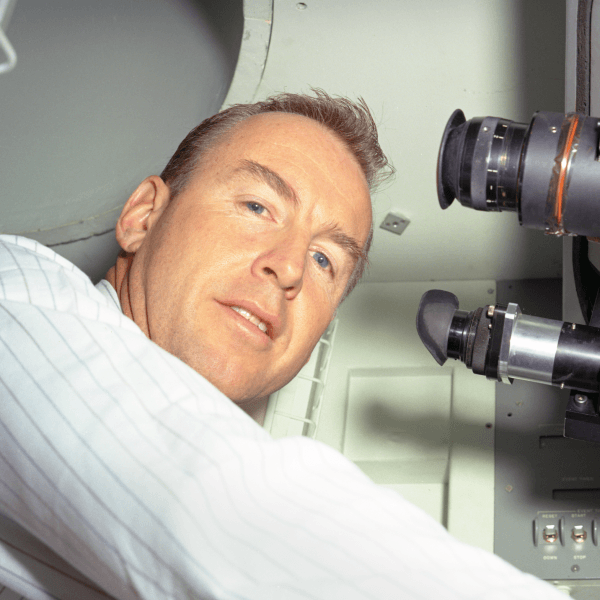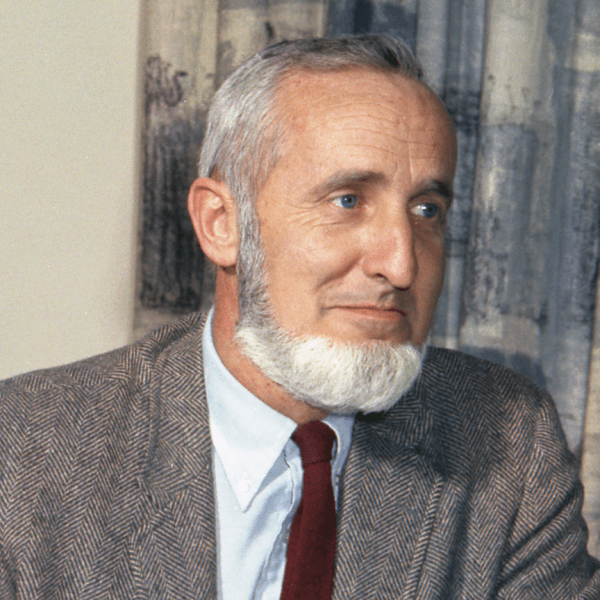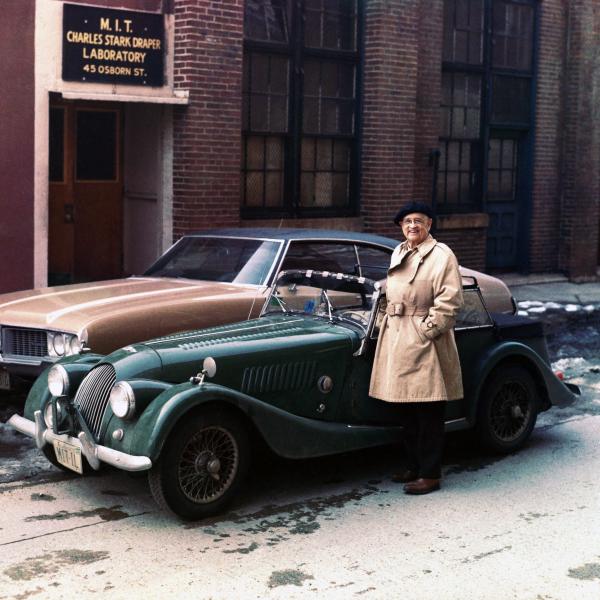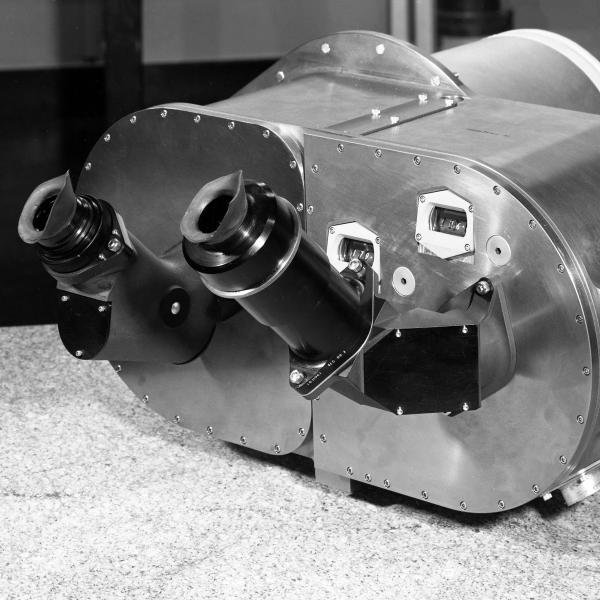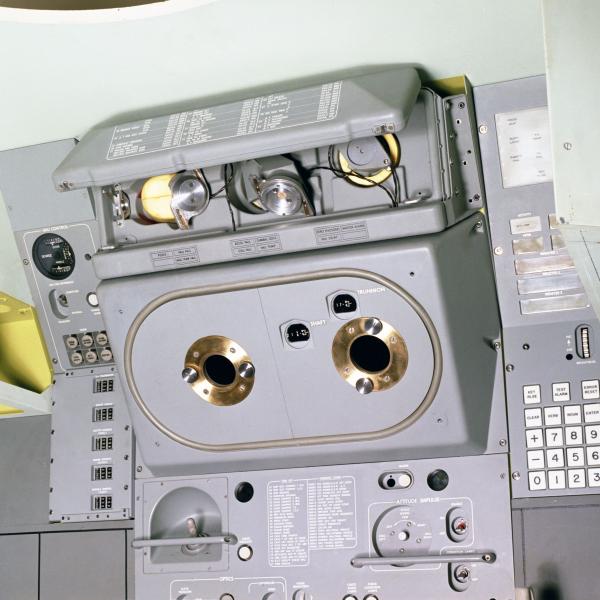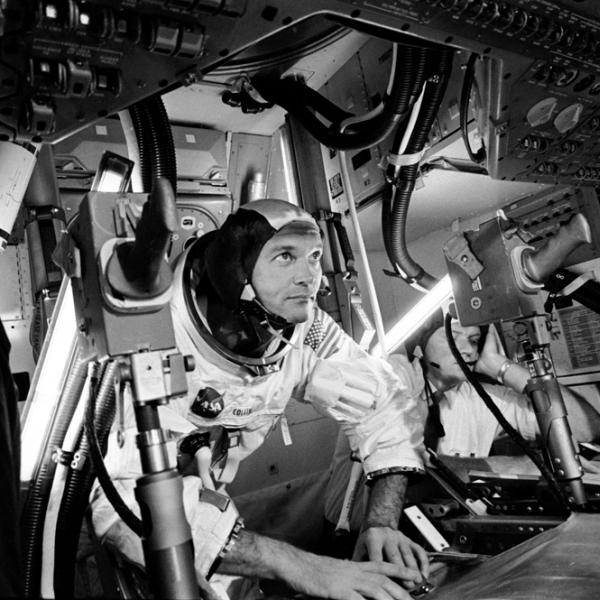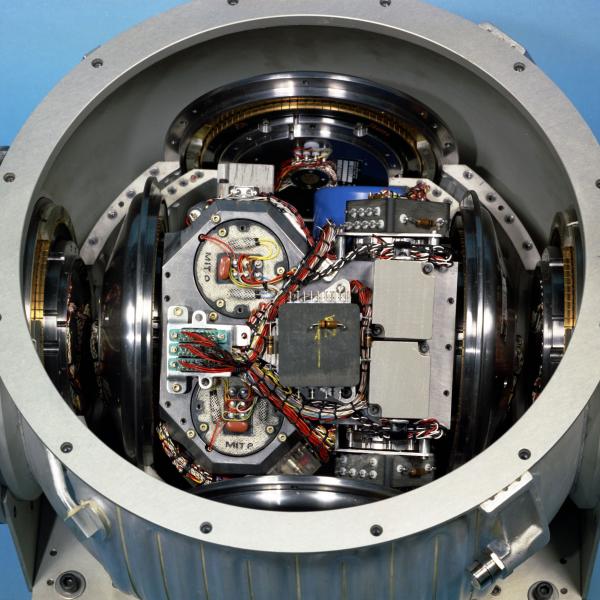
Draper Rooftop Navigator
Navigating the stars aboard spaceship earth.
Space engineers needed to learn how to navigate the Apollo spacecraft using the same stars that have guided ships at sea and airplanes in the night sky. They had a theory that they could use a device called a sextant, based on the same mathematical and geographical principles that have been used for hundreds of years.The idea was to create a space sextant navigation system that could work without electricity or communication with Earth. The ultimate failsafe – an unhackable backup that could guide the astronauts to the Moon.
In the 1960s when MIT Instrumentation Lab was working on the Apollo guidance and navigation computer, Doc Draper who headed up the lab had to figure out how to test his system for real. On the top floor of the MIT Instrumentation Laboratory, accessible through a back stairwell, was a small penthouse with a retractable roof open to the stars. This was the spot the team chose to test their navigation system, equipped with controls, a telescope and the space sextant star-based navigation system - a true lunar mission simulation experience. In the lab they didn't have access to real stars so the rooftop of the building gave them a place where astronauts could practice navigating the stars as though Earth itself was the spacecraft. Doc Draper, was famously photographed in the pilot’s position of the mock spaceship, spending late evenings checking calculations with the roof open and the skyline of Boston visible on the horizon.
A set of 45 stars commonly used and identifiable by ships at sea became the base of the Apollo space sextant. Astronauts in the spacecraft could use these stars as markers for their own location. Engineers, James Nevins and Richard Metzinger led the team responsible for designing the navigation simulator. The team even re-purposed a used radar antenna mount as the moving base for the Rooftop Navigator. Both engineers and astronauts spent countless hours refining their skills using it on the MIT rooftop. The integration of this system was arduous – operators, hardware and software issues were numerous and as was protocol for the Apollo Mission, each failure had to be documented and explained.
The genius of the rooftop spacecraft was that we learned how to navigate the stars by remembering a simple truth, planet Earth was already traveling through space. Before complicated mathematical calculations of time and distance, the Apollo navigation system began with this single elegant hack.
